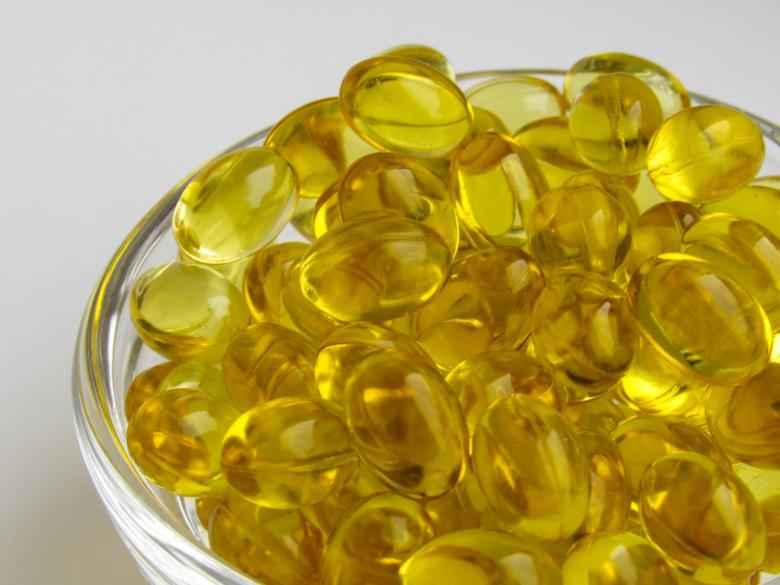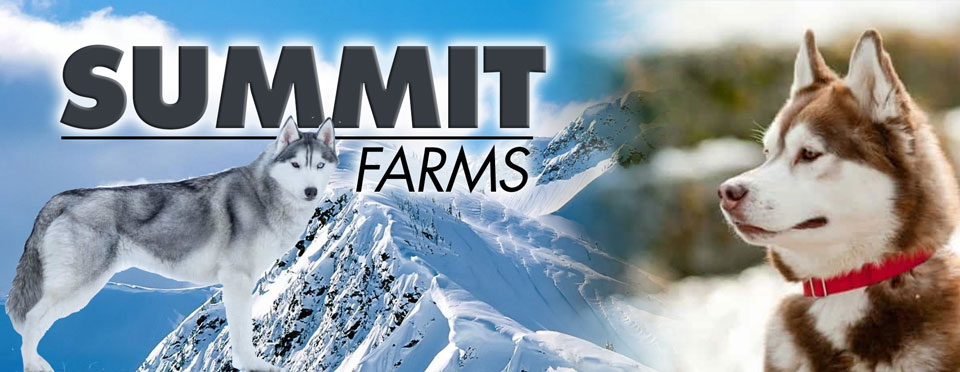Your Canine Guide
Every dog owner knows that a happy, well-adjusted pup doesn't just require love and affection. From the playful antics of a puppy to the dignified grace of an older dog, each stage in a canine's life brings its own joys and challenges. As a dog owner its important to understand training, grooming, and health. Whether you're a seasoned dog parent or have just welcomed a new furball into your life, we're here to help you navigate the journey of pet ownership.
Training an Alaskan dog
This requires patience, consistency, and understanding of canine behavior. Alaskan breeds, like the Alaskan Malamute, Siberian Husky, and Alaskan Husky, are known for their intelligence, independence, and strong work ethic, which can be both an advantage and a challenge during training.
Start Early:
- Begin training as soon as you bring your puppy home. The early weeks are crucial for socialization and introducing basic commands.
Positive Reinforcement:
- Use positive reinforcement techniques. This means rewarding desired behaviors with treats, praise, or play. Positive reinforcement is effective and strengthens the bond between you and your dog.
Consistency is Key:
- Be consistent in your commands, expectations, and rewards. If you're inconsistent, your dog might become confused about what you want.
Exercise:
- Alaskan breeds are high-energy and need regular exercise. Ensure they get adequate physical activity to prevent behavioral issues stemming from pent-up energy.
Mental Stimulation:
- Along with physical exercise, these intelligent breeds need mental challenges. Use puzzle toys, agility training, and regular obedience sessions to keep their minds active.
Leash Training:
- Given their history as sled dogs, Alaskan breeds can be strong pullers. Start leash training early and consider using a front-clip harness to reduce pulling.
Avoid Negative Reinforcement:
- Punishing or scolding can create fear or aggression. Focus on rewarding good behavior and redirecting or ignoring undesirable actions.
Regular Training Sessions:
- Short, regular training sessions are more effective than occasional long ones. Aim for 10-15 minute sessions several times a day, especially when working with puppies.
Join a Class:
- Consider enrolling in a puppy or obedience class. This not only helps with training but also provides excellent socialization opportunities.
Understand the Breed:
- Each Alaskan breed has its unique characteristics. For instance, Siberian Huskies are known to be escape artists and might require extra attention to ensure they don't jump or dig their way out of enclosed areas.
Grooming
While each breed has its own specific needs, there are common grooming practices given the climate these breeds are designed for and their typical coat types. Here's a breakdown of the grooming needs for Alaskan dog breeds:
Brushing:
- Alaskan breeds typically have a double coat: a dense undercoat and a longer topcoat. Regular brushing, at least once a week, is required to keep the coat healthy, reduce shedding, and prevent matting. During shedding seasons (typically spring and fall), daily brushing might be necessary as they can "blow" their undercoat, which means shedding it heavily.
- Use a slicker brush to remove tangles and mats, and a rake or undercoat tool to reach the dense underfur.
Bathing:
- Unlike many breeds, Alaskan dogs don't need frequent baths. Their coats naturally repel dirt, and overbathing can strip the coat of essential oils. Bathing 3-4 times a year is usually sufficient unless the dog gets into a particularly messy situation. Always use a dog-specific shampoo to ensure the skin's pH balance is maintained.
Nail Trimming:
- Regularly check and trim your dog's nails, usually every 3-4 weeks. Overgrown nails can cause discomfort or even lead to health issues.
- If you hear the nails clicking on the floor, it's a sign they're too long.
Trimming Fur Around Paws:
- Some Alaskan dogs may grow fur between their toe pads. Trimming this can prevent ice and snow buildup in the winter and give them better traction.
Avoid Shaving:
- It might seem logical to shave a thick-coated dog in the summer, but it's not recommended. The double coat acts as insulation against both cold and heat. Shaving can interfere with their natural ability to regulate temperature and can expose the skin to sunburn.
- Regular grooming not only keeps your Alaskan dog looking their best but also allows you to check for signs of health problems, like skin infections, ticks, or lumps.

Health & Nutrition
It is recommended to have regular vet check-ups. Routine veterinary visits help in early detection and treatment of potential health issues.
Common Health Issues:
Hip Dysplasia:
- A genetic condition where the hip joint doesn't fit into the hip socket properly. This can lead to arthritis over time.
Cataracts:
- These can develop in older dogs and may require surgical intervention.
Progressive Retinal Atrophy (PRA):
- An eye disorder that can lead to blindness.
Zinc Deficiency:
- Some Northern breeds are prone to zinc-responsive dermatosis, a skin condition that can be addressed with proper zinc supplementation.
Hypothyroidism:
- An underactive thyroid can lead to weight gain, lethargy, and skin conditions.
Exercise Needs:
- Alaskan breeds are high-energy dogs. Regular exercise not only keeps them physically fit but also mentally stimulated. However, be mindful of the temperature, especially during hot days, as these breeds can overheat due to their thick coats.
Temperature Sensitivity:
- These breeds are adapted to colder climates. In hot weather, it's crucial to provide shade, fresh water, and limit their exercise to prevent heatstroke.
Nutrition:
Alaskan dogs, especially active ones, benefit from a high-quality, protein-rich diet. Ensure the primary ingredient in their food is a good source of animal protein. Their diet should have a proper balance of protein, fats, carbohydrates, vitamins, and minerals. Avoid foods with fillers, artificial additives, or by-products.
Fish Oil:
- Given their Northern heritage, a supplement of fish oil can be beneficial. It provides omega-3 fatty acids, which are good for their coat, skin, and overall health.
Avoid Toxic Foods:
- Like all dogs, Alaskan breeds should not be given foods like chocolate, grapes, raisins, onions, garlic, xylitol (a sweetener), and alcohol, among others. These can be toxic and even deadly.

